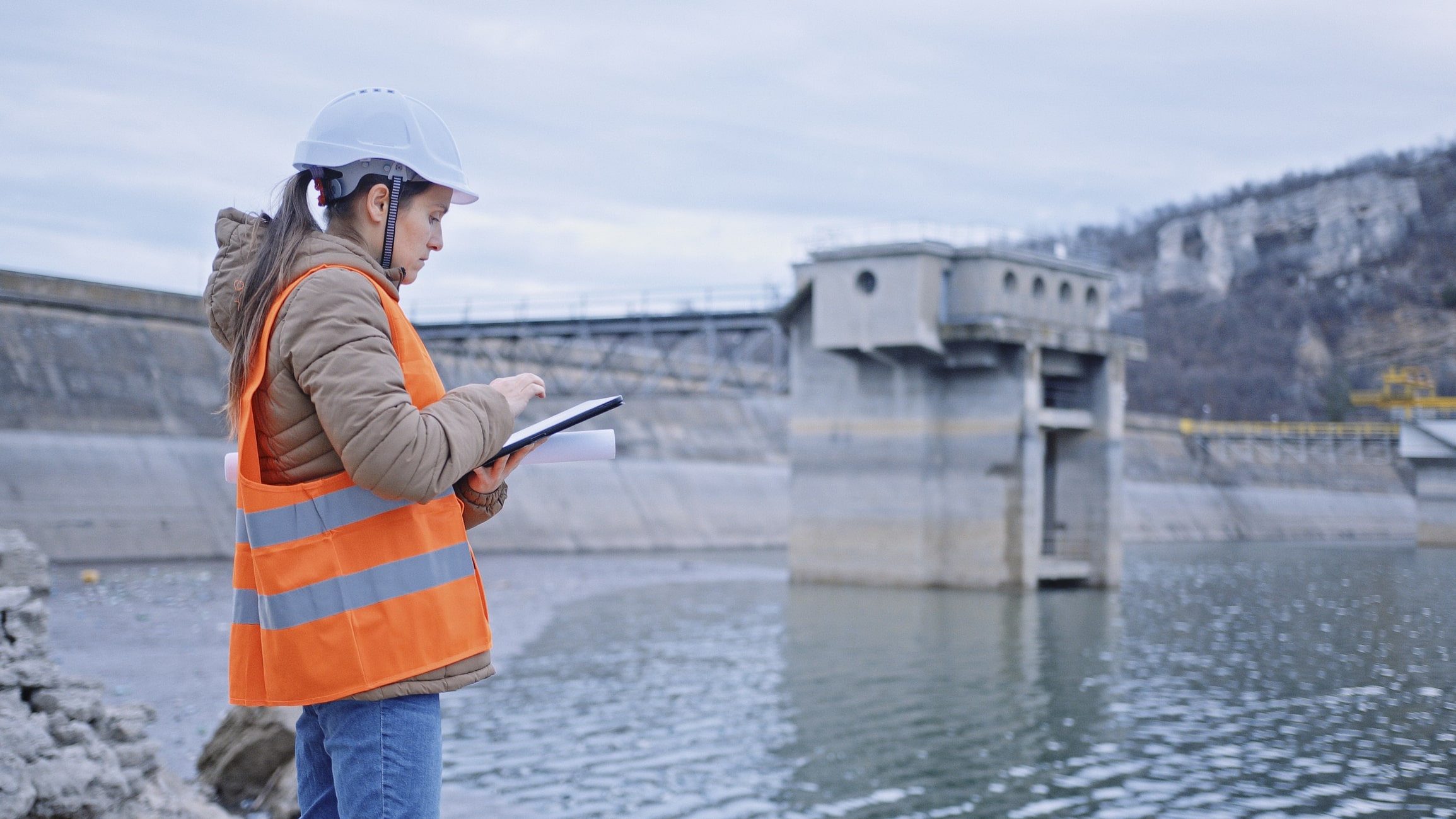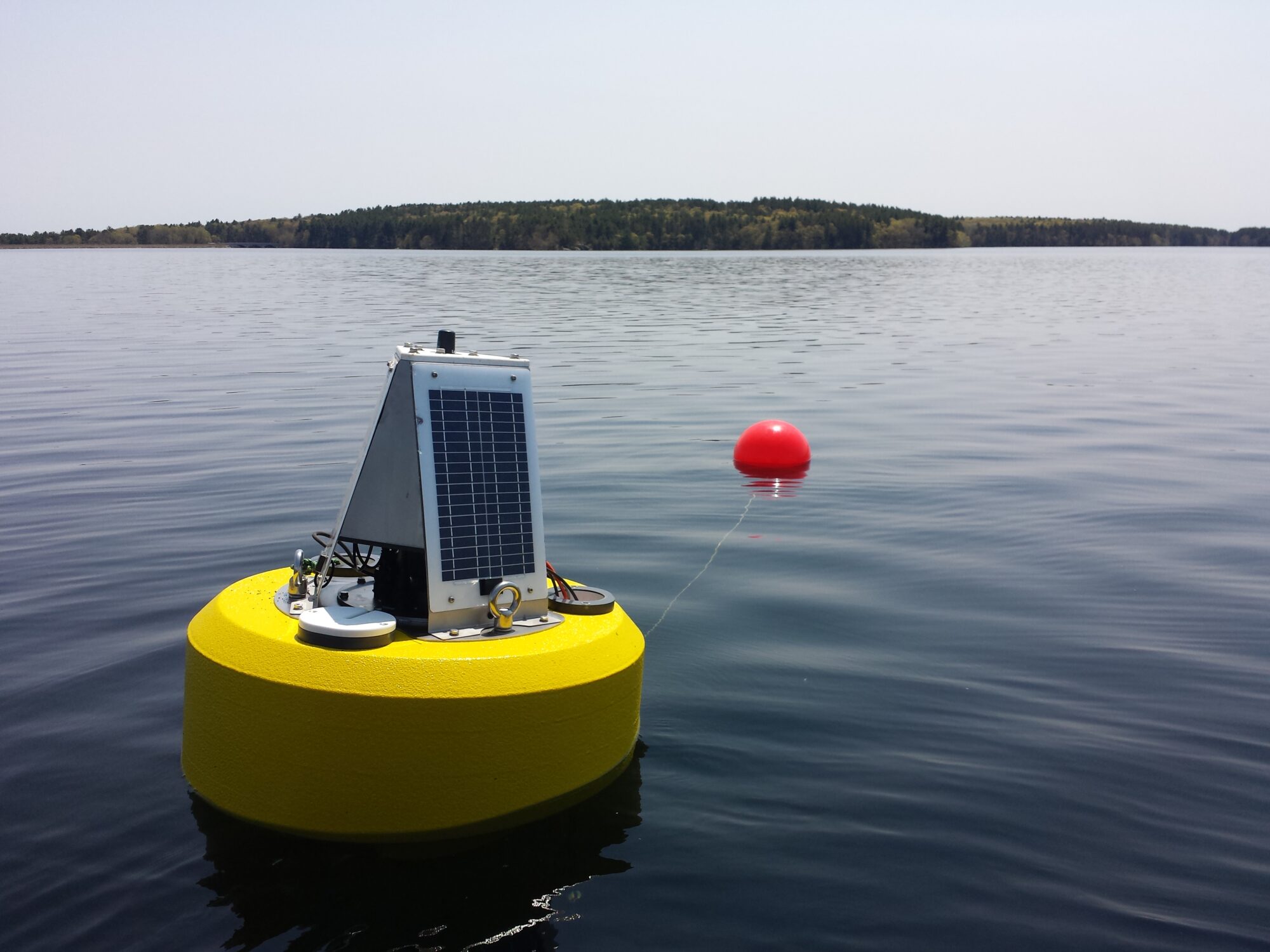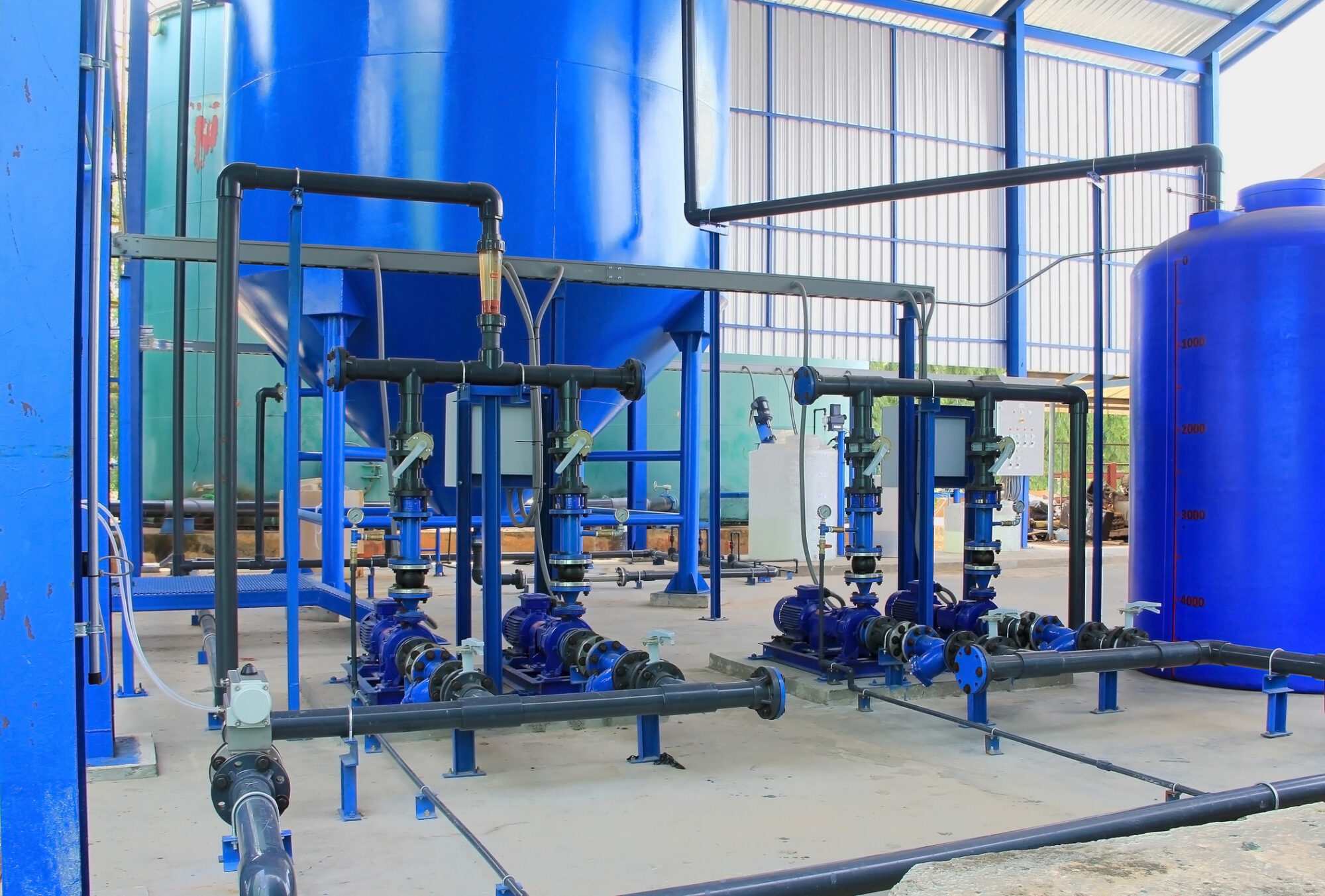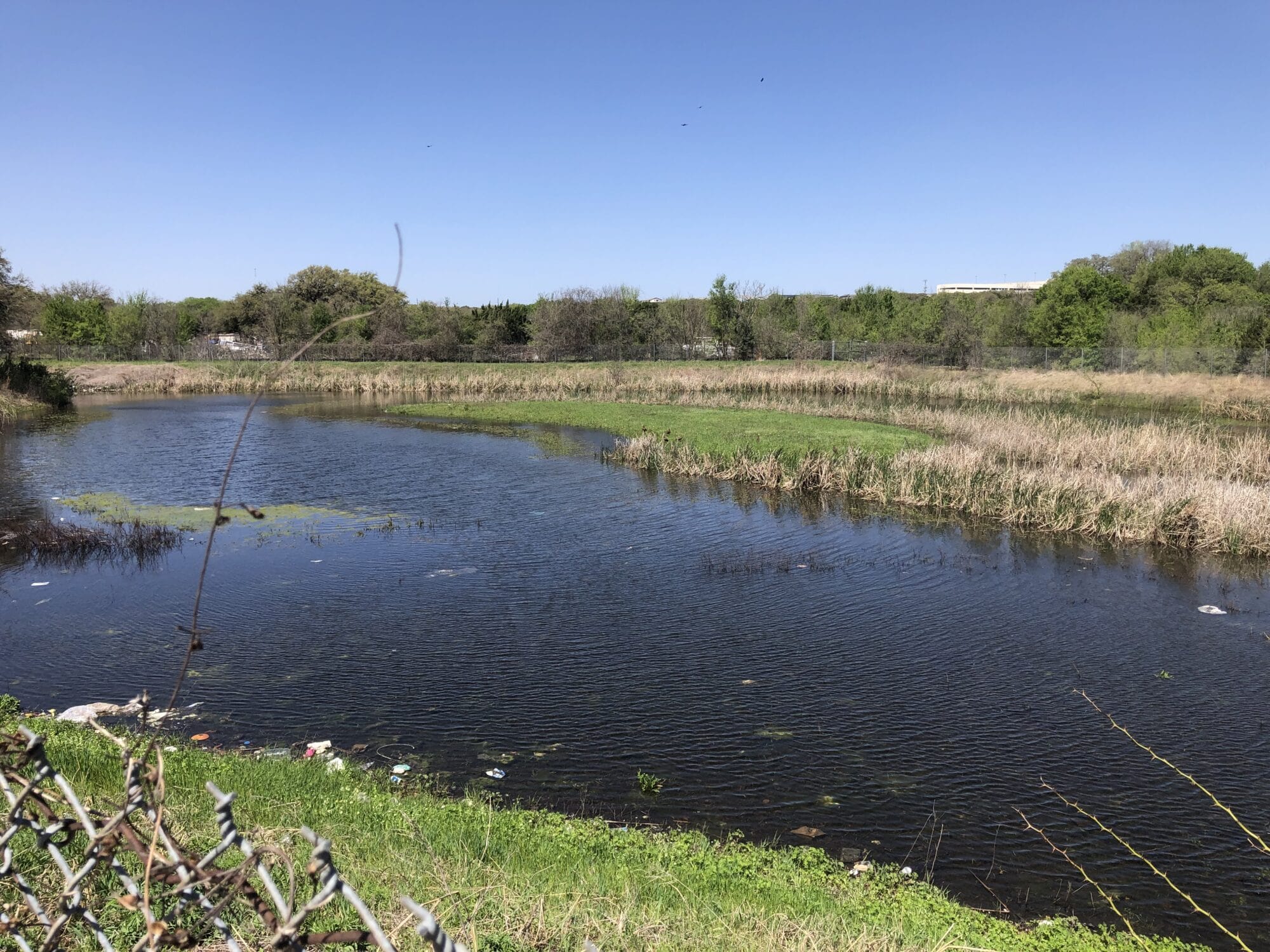United States
TRC conducted the first comprehensive study to assess the limnological characteristics of the Scituate Reservoir in its 100-year history.
Challenges
Since 2007, TRC has supported Providence Water in its efforts to conserve its primary water supply, the Scituate Reservoir, which is the largest fresh waterbody in Rhode Island. As a partial owner of the watershed’s land, Providence Water relies on local municipalities and private landowners as stewardship partners in protecting the reservoir from land use impacts.
Related Services

Solutions
TRC conducted the first comprehensive study to assess the limnological characteristics of the Scituate Reservoir in its 100-year history. For this two-year study, TRC monitored how the system responded to daily and seasonal changes in weather, storm inputs and algal community production by using a real-time data collection buoy—the first application of its kind in Rhode Island inland water. Water quality was also monitored in numerous tributaries that flow to the reservoir using water level data loggers to assess each location’s stream stage and flow. To create a customized, accurate model of the hydrologic and nutrient budget for the reservoir, TRC assessed the quantity and quality of groundwater movement into the reservoir. This model is intended to be used in the reservoir’s long-term Watershed Management Plan to help prioritize management actions and guide Providence Water in maintaining or improving water quality.
TRC Services Include:
- GIS Mapping
- Hydrologic Assessment
- Bathymetry Survey
- Groundwater Characterization
- Surface Water Characterization
- Aquatic Vegetation Mapping
- Phytoplankton & Zooplankton Characterization
- Waterfowl Data Review & Summary
- Reservoir Water Quality Assessment
- Sediment Quality Assessment
- Nutrient Budget Development
- Land Use Build-out Scenarios
- Field Guide Development
- Management Plan Development
Results
The baseline condition that TRC collected and analyzed will serve as a valuable contextual tool for Providence Water to evaluate future water quality monitoring data and assess trends in water quality from watershed development pressure, climate change and other long-term factors. In addition to conserving this important resource, protecting the water quality within this critical water supply saves ratepayer money by reducing treatment costs.







